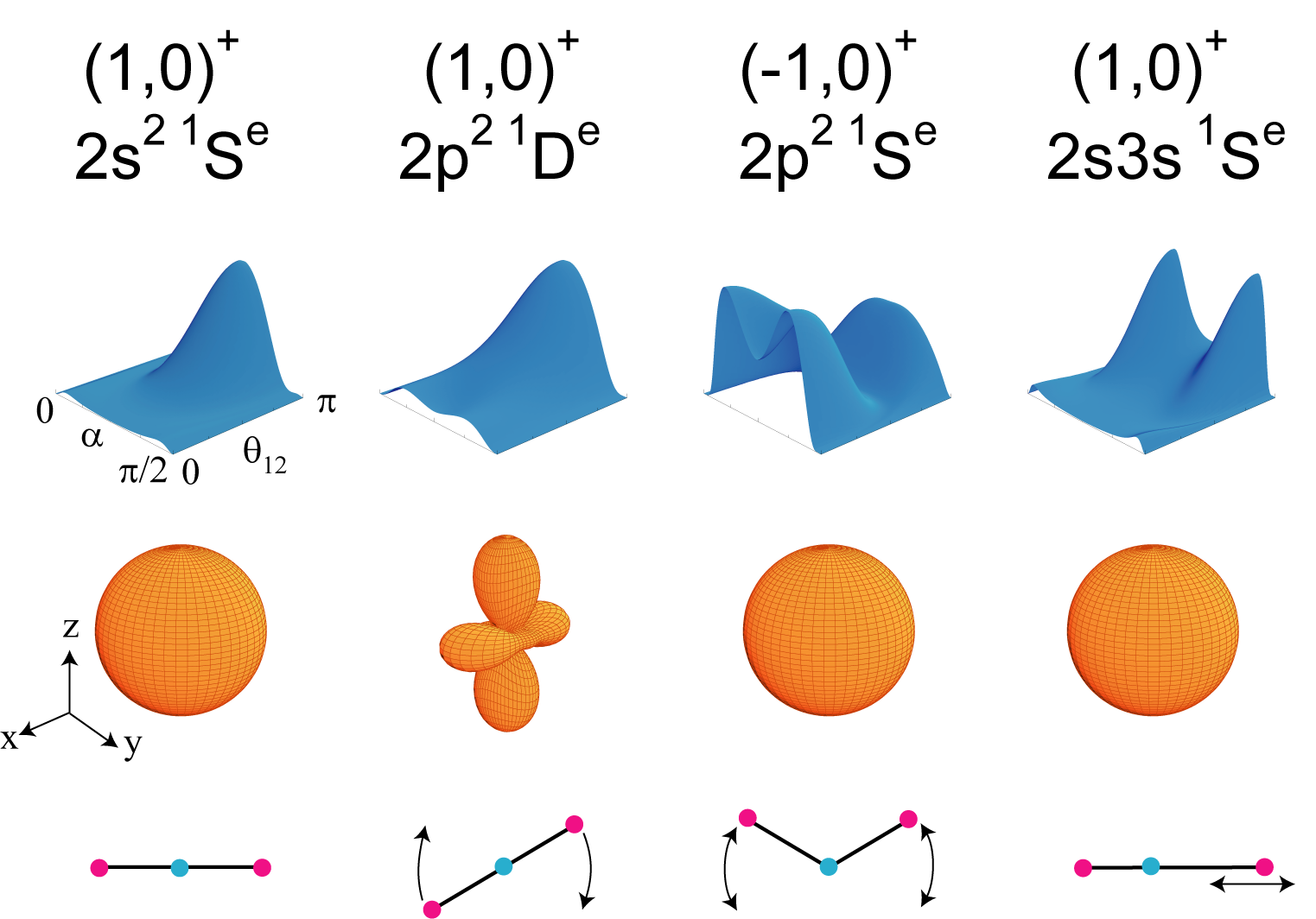Attosecond laser pulses probing and controlling electron correlations in atoms

Following the recent developments in intense laser physics, ultra-short light pulses with duration of several hundred attoseconds (atto=10-18) have been achieved. Such pulse durations are comparable to the time scale of the electronic motion in atoms and molecules, thus opening up the route to the time-resolved analysis of electron dynamics as well as the coherent control of the motion of electrons in matter, akin to the time-resolved tracking and the control of the atomic motion in a molecule enabled by the advent of femtosecond (femto=10-15) laser pulses. In my research I will try to use such attosecond pulses to probe the truly many-body nature of atoms and molecules in real time, i.e., to address the so-called electron correlation effect in the time domain. The simplest system that such an effect can be probed is the He atom.
Traditionally the motion of the two electrons in He is perceived as independent. This is not true since the two electrons interact with each other via the long range Coulomb force and this effect is particularly large when the He atom is in doubly excited states, where both electrons are simultaneously excited. In this case, the two electrons tend to move jointly, and executing rotational@and vibrational motions similar to the motion of atoms in a floppy linear triatomic X-Y-X molecule, with X being the electron and Y the nucleus. The periods of these normal modes are in the order of hundreds of attoseconds or a few femtoseconds.
To understand the nature of their correlated motion in the time domain, one way is to use the standard pump-probe technique with attosecond pulses. Namely, we excite a coherent states corresponding to some collective modes by a pump pulse, and then doubly ionize the He by a delayed probe pulse and measure the momentum distributions of the two electrons. From such measurements, gmovieh can be made to reveal the time evolution of the correlated motions. The analysis of such data from which gimaging of the electron correlations in the real timeh is extracted is quite challenging. In general, when a He atom is excited by a laser pulse, different modes will be excited and which mode is observed would depend on the property of the pump pulse. In this research program I will also try to extend such study to the coherent control of correlated systems at the attosecond scale, using double pulses and chirped pulses, etc.
I will also tackle various related problems in super intense laser-atom/molecule interactions and in generation and characterization of the ultra short X-ray pulses and pulse trains.
See also
* Ultra-fast Processes in Laser+Atom systems

(Fig.1) Probability densities of doubly excited states of He in the hyperspherical coordinates (Top and Middle). Corresponding classical motions (Bottom).



